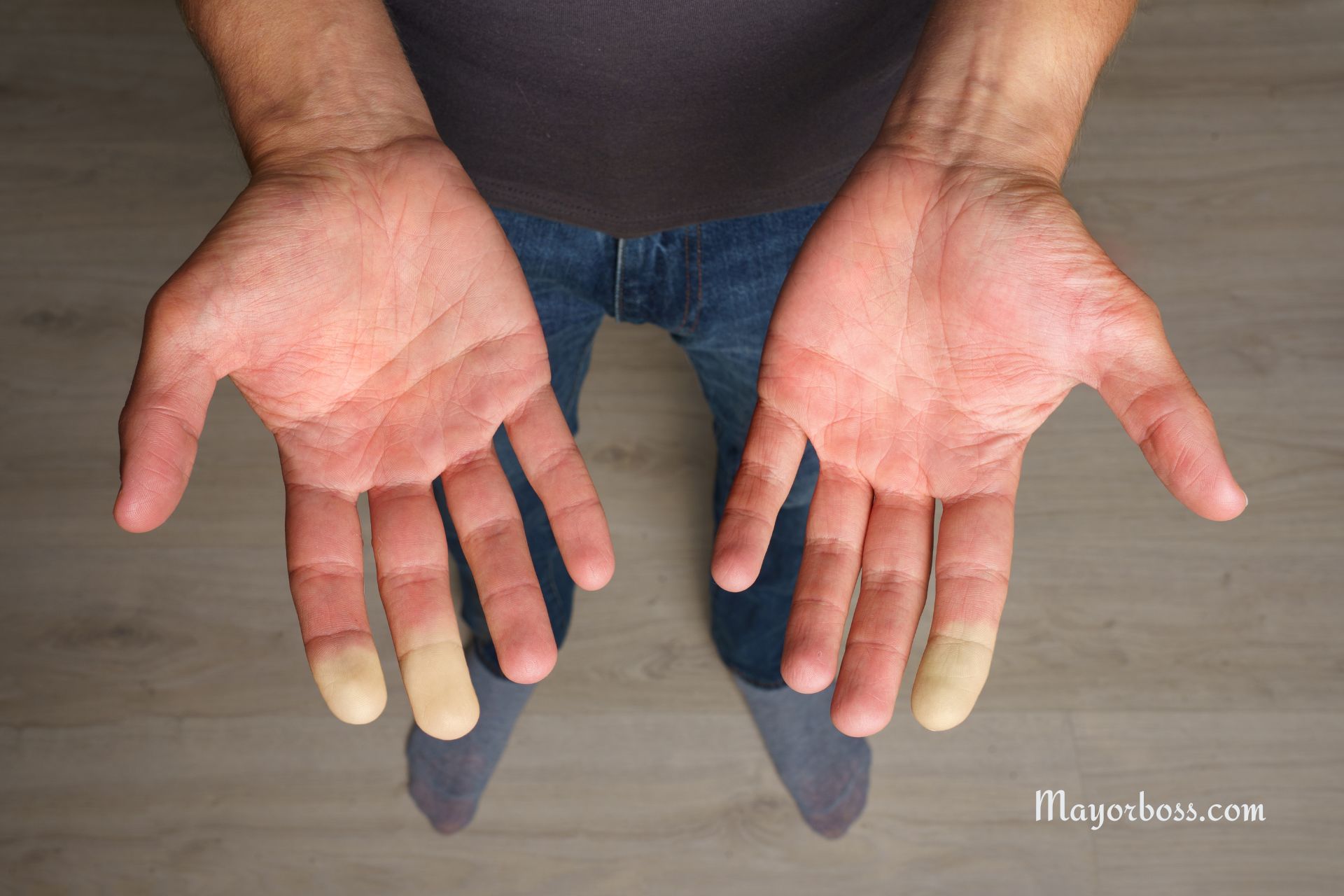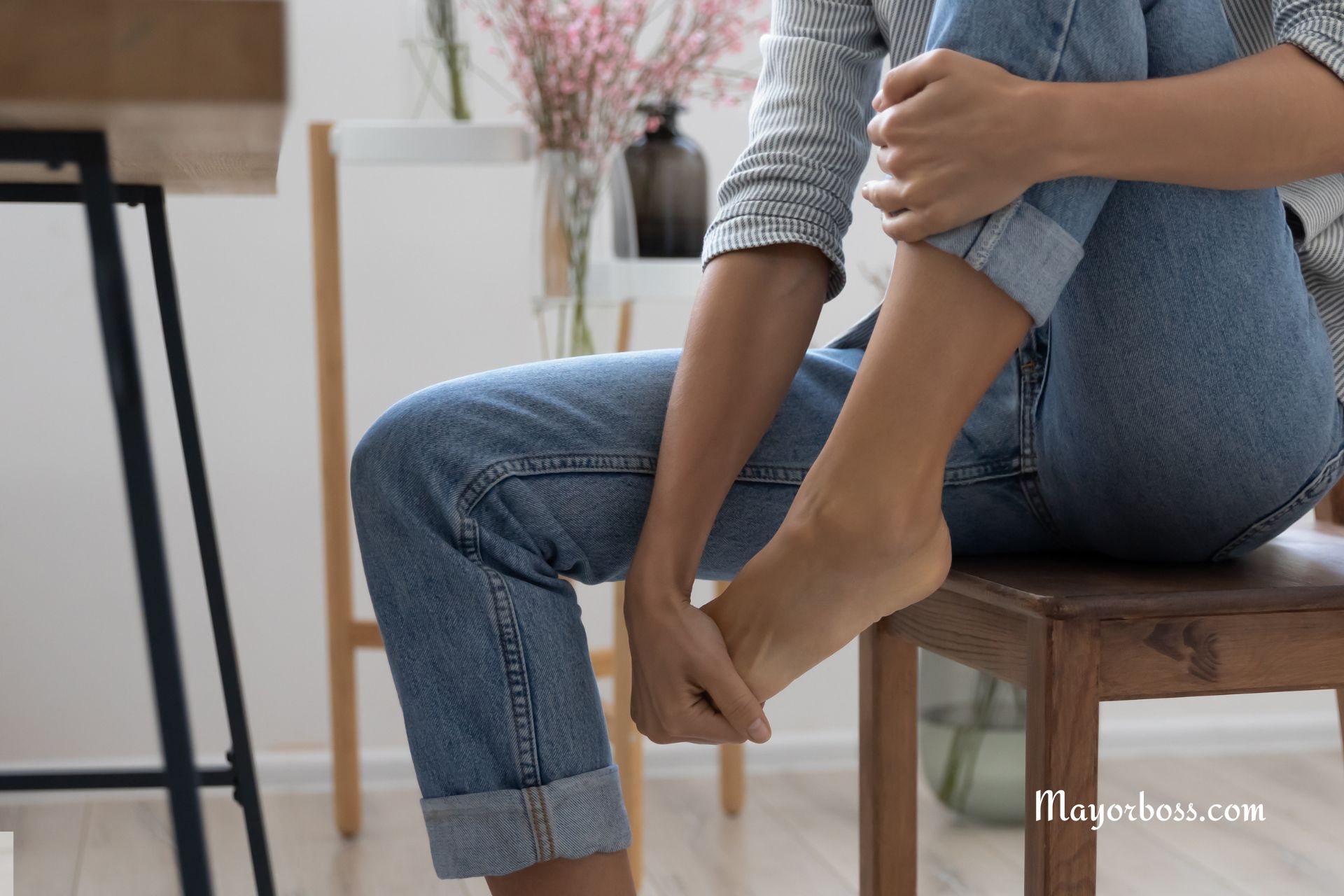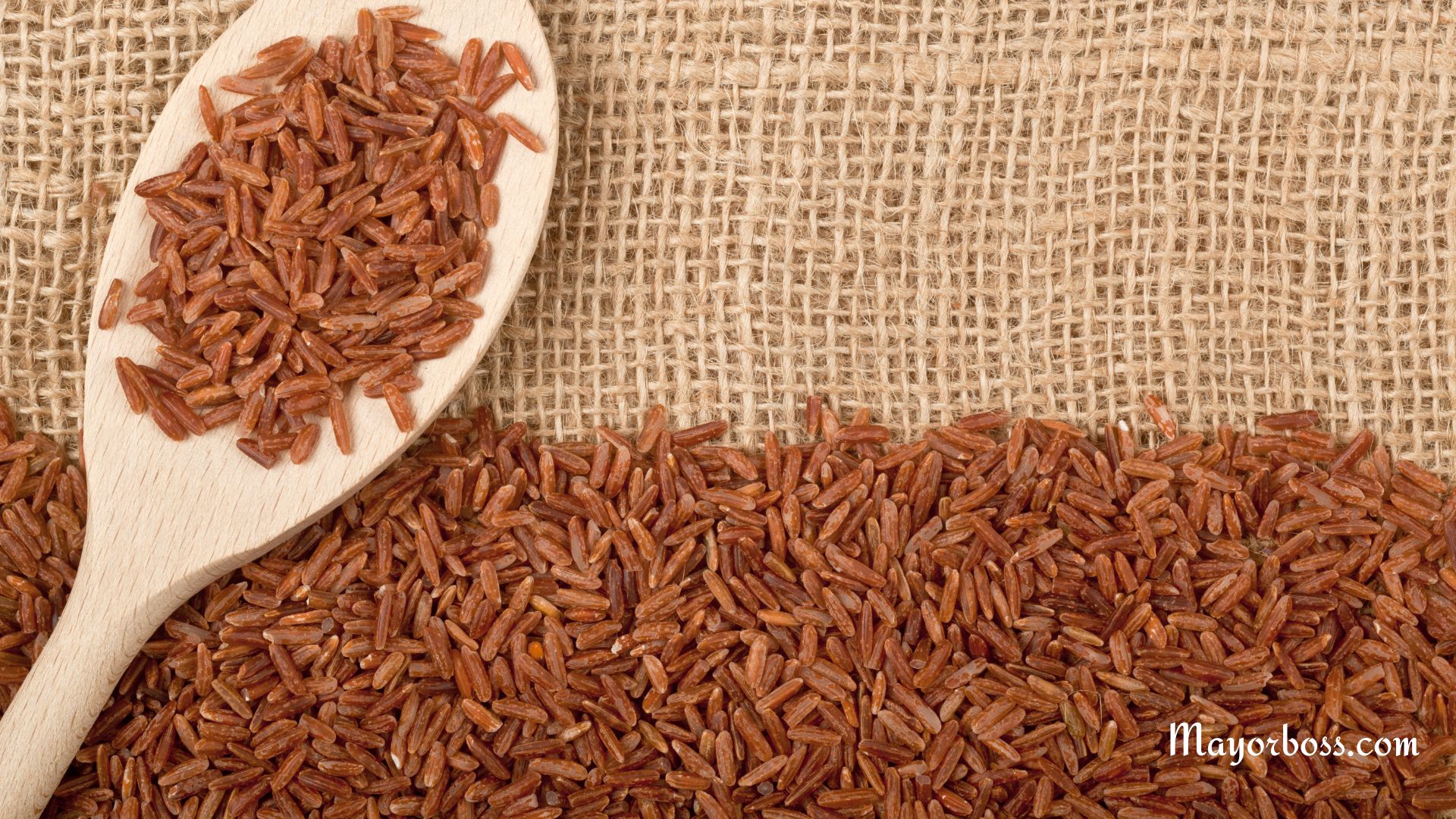Poor Blood Flow and Feet and Hands Are Cold? These Tips Will Solve Your Problem Fast!
Cold hands and feet are often due to poor circulation. That means your blood isn’t flowing well enough to reach your extremities—basically, your hands and feet. When blood doesn’t reach these areas properly, they can feel cold or even numb. Several conditions might lead to poor circulation, such as narrowed arteries or a sedentary lifestyle.
It’s important to understand that while cold hands and feet can be common, persistent issues could mean you need to check with a physician. Underlying health problems like peripheral artery disease (PAD), diabetes, or Raynaud’s disease could also be culprits.
Here are some life-changing solutions to get those hands and feet warm and cozy again.

Eating the Right Foods Can Improve Your Circulation Over Time
Another way to tackle cold hands and feet is by choosing the right foods. A healthy diet can keep your blood vessels open and functioning well. Foods rich in omega-3 fatty acids, such as salmon or walnuts, help keep your arteries healthy. Spices like turmeric and ginger can also be beneficial because they help improve blood flow.
Don’t forget about citrus fruits—they contain vitamin C, which helps strengthen your blood vessels. Drinking enough water is also crucial; dehydration makes it harder for your heart to pump blood efficiently.
Avoid Smoking and Limit Caffeine for Better Circulation
Smoking is one of the worst habits for circulation, as it narrows blood vessels and restricts blood flow, making your hands and feet colder. If you’re a smoker, quitting is the best thing you can do for your blood vessels. It may take some time, but the benefits are worth it.
Excess caffeine can also cause blood vessels to constrict, leading to cold extremities. You don’t necessarily have to give up your morning coffee but try to keep your intake moderate.
Massage Can Help Stimulate Blood Flow in Your Hands and Feet
Massaging your hands and feet can also stimulate blood flow, helping them warm up. You can use a warm oil, such as coconut oil or olive oil, to gently rub your fingers and toes. This action improves local circulation and helps to relax the muscles, making it easier for blood to move.
Even a foot massage machine can be a handy tool to encourage better blood flow to your lower extremities. Try spending a few minutes every evening giving yourself a gentle massage—you may notice an improvement over time.
Compression Socks May Help Improve Circulation in Your Feet
Compression socks can also be helpful, especially if you’re on your feet all day or find yourself sitting for long periods. These socks apply gentle pressure, which can help improve blood flow and prevent it from pooling in your lower legs. They’re particularly useful for people with circulation issues due to medical conditions like diabetes.
Warm Clothing Can Help, but It’s Not a Long-Term Fix
Of course, dressing warmly is a simple way to manage cold hands and feet, especially when you need immediate comfort. Wearing thermal socks, gloves, and layers can help retain heat. However, this is more of a temporary solution—it doesn’t solve the root of the problem.
It’s still essential to focus on lifestyle habits that enhance your blood flow rather than just covering up the symptoms.
Make Movement a Daily Habit to Keep Your Blood Flowing
If you have poor blood flow, the good news is there are things you can do to improve it. For starters, getting your body moving can significantly boost your circulation. Doctors say regular exercise can improve the health of your blood vessels and ensure your blood gets where it needs to go. Activities like walking, jogging, cycling, and swimming are all great choices.
Even something as simple as standing up from your chair and stretching every hour can help keep the blood flowing better. If you’re sitting for long periods, your body tends to keep the blood in your core and not in your hands and feet, which can make them feel cold.
When Should You See a Doctor About Cold Hands and Feet?
While making these lifestyle changes can help improve circulation, sometimes poor blood flow can be a sign of a more serious issue. If you also experience symptoms like pain while walking, discoloration of the skin, or wounds that heal very slowly, you should talk with your doctor.
A physician may perform a few tests to find out if your poor circulation is due to an underlying condition like Raynaud’s phenomenon or atherosclerosis. Early diagnosis can make a huge difference in managing these health issues.
Final Thoughts on Dealing with Cold Hands and Feet
Cold hands and feet can be an uncomfortable sign that your circulation needs a little boost. While dressing warmly and drinking hot beverages can help you feel better in the moment, it’s the long-term lifestyle changes that will truly improve your condition. Regular exercise, eating well, avoiding smoking, and staying hydrated can all contribute to better circulation.
If you’re concerned about your symptoms or if your cold hands and feet are accompanied by other health issues, it’s best to seek advice from a doctor. Good circulation is vital to your overall health, so don’t hesitate to address these symptoms head-on!






